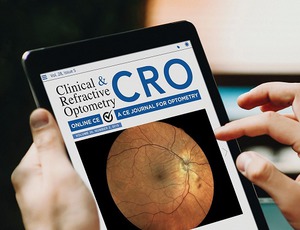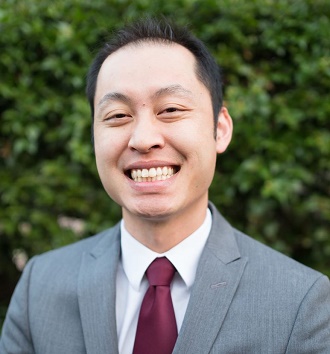
Employing Evidence-Based Practice to Customize Patient Care
 By Editor in Chief, Justin Kwan, OD, FAAO
By Editor in Chief, Justin Kwan, OD, FAAO
October 21, 2019,
I recently watched a TED talk by Mel Robbins which has nearly 19 million views. I will paraphrase and add to her key points. Getting what you want is simple, but not necessarily easy. All day long you have ideas that could change your life, your practice, and your patients. And yet, we all have this “inner snooze button.” We will never feel like we want to change. Tomorrow, set your alarm for 30 minutes earlier and get up right away. Face the physical force required to change your behavior and do something productive with your new-found time.
Maybe there’s a hundred items on your to do list and it’s become difficult to prioritize, almost paralyzing. There aren’t enough resources in your practice. What we’ve learned in school may actually not be in the best interest of our patients. If better is possible, good is not enough.
I think all of us want to practice preventative medicine, where we can diagnose and reduce risk of visual impairment and ocular discomfort by intervening at the earliest stage possible. Intervention may be just monitoring rather than all the implications of initiating treatment, considering the burden on the patient and healthcare system.
Teaching evidence-based practice was one of the best things, not only for my students, but for myself as well. It gave me the framework to ask the right questions and critique scientific information so that I can reliably assess patients’ risk and treatment effectiveness instead of “taking somebody’s word for it.” Having confidence in yourself and communicating knowledge effectively is a continuous process, which is why we call it the “practice” of medicine.
I distinctly remember having to read multiple journal articles prior to seminars before Sunday clinic as a third year, and also during the lunch hour. My most respected professor told us that he wished he had a working knowledge of biostatistics, such as chi squared, so the information in these articles would translate better to clinical practice. So, whether it’s odds ratio, relative risk or multivariate regression, there are numerous ways to quantify the very things our patients walk in with.
Hopefully in the future, we will see how the risk factors learned in textbooks need to be updated and then more fully inform a calculated risk at an early age, even before the first detectable sign of disease onset. After all, not all risk factors are created equal. That is the power of scientific data.
We cannot wait 15 years for standard of care to change when the evidence is available today. I challenge us to not just “check the boxes” for signs, symptoms, and risk factors but learn from those that have quantified these very things with sound study design. From there, we can truly customize care to each and every patient.

